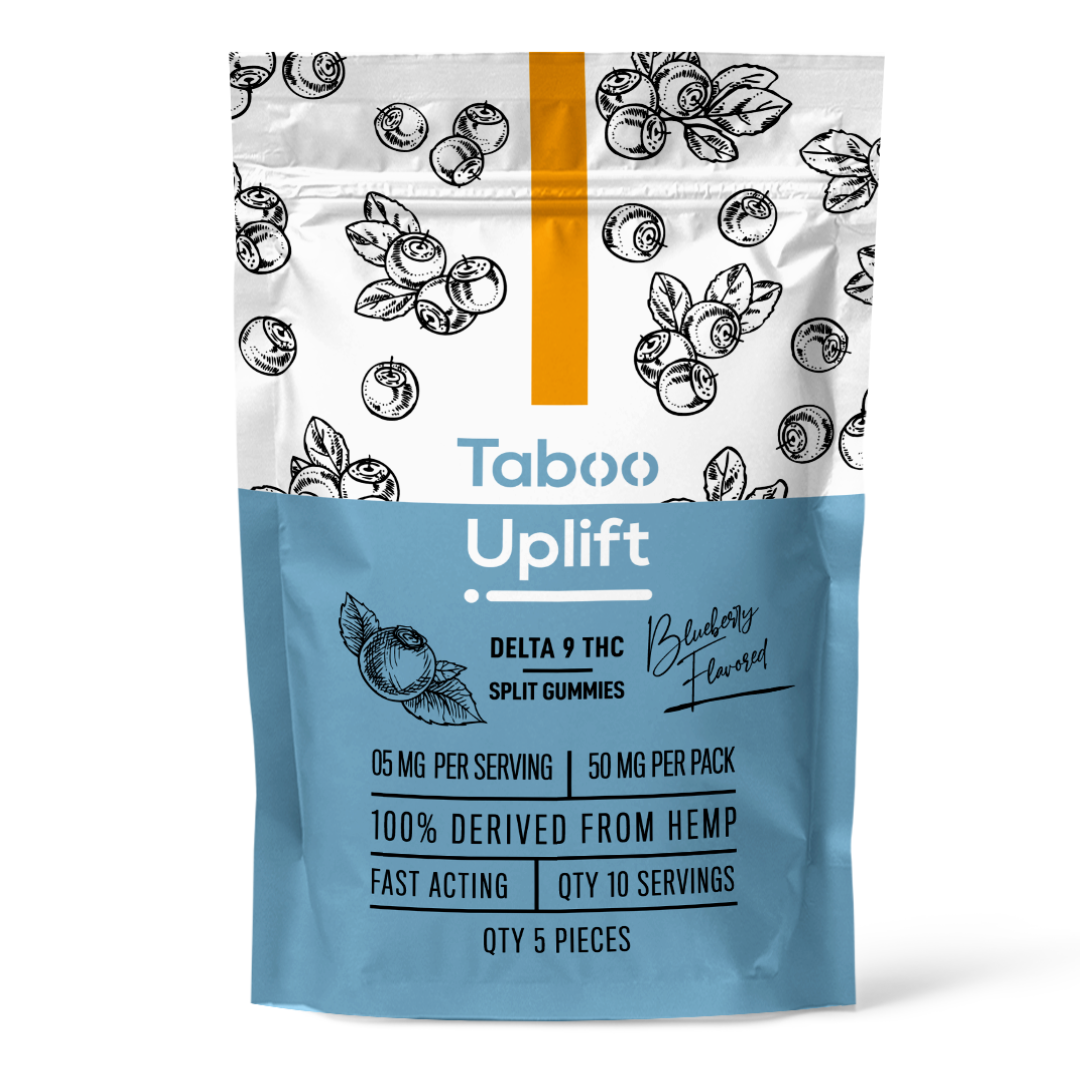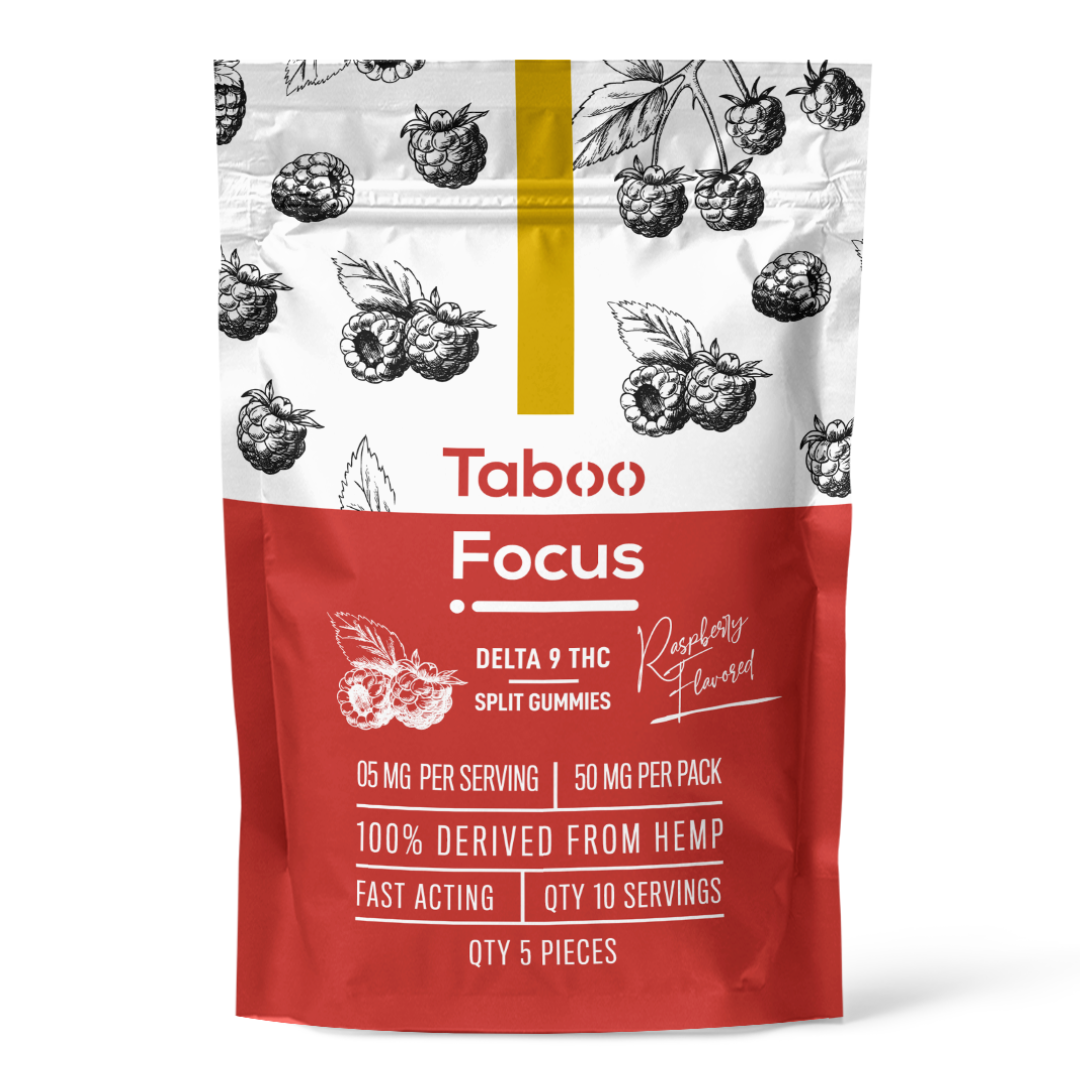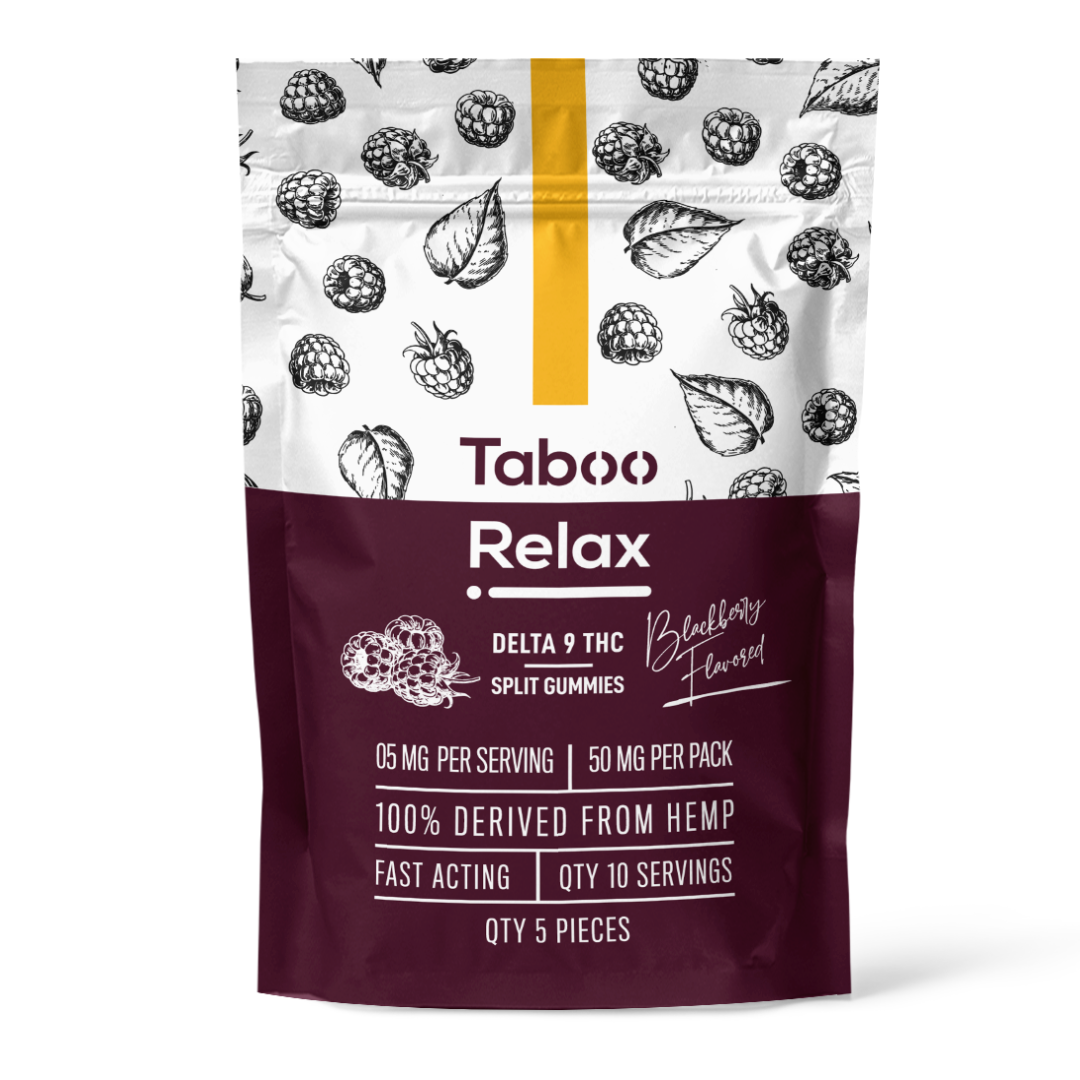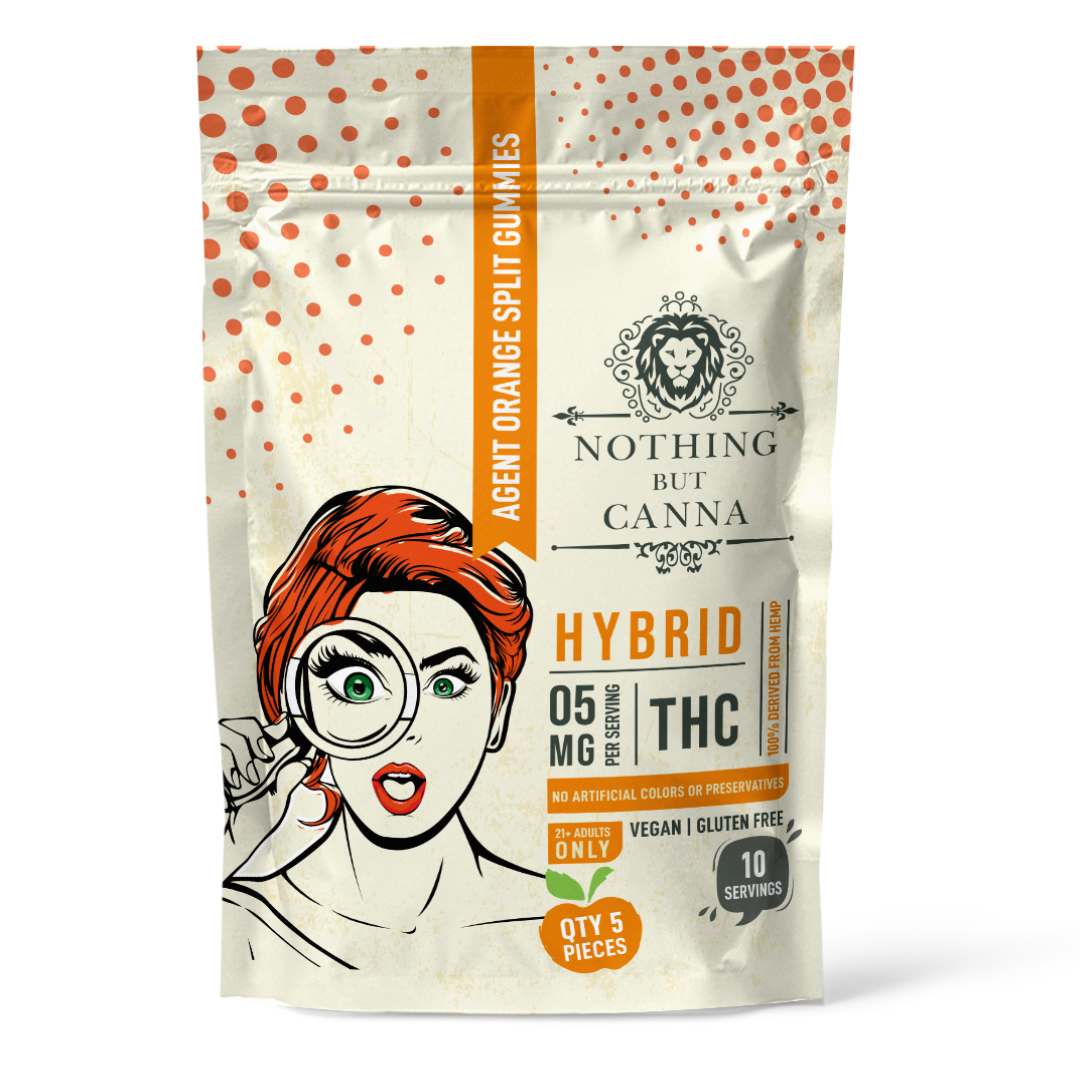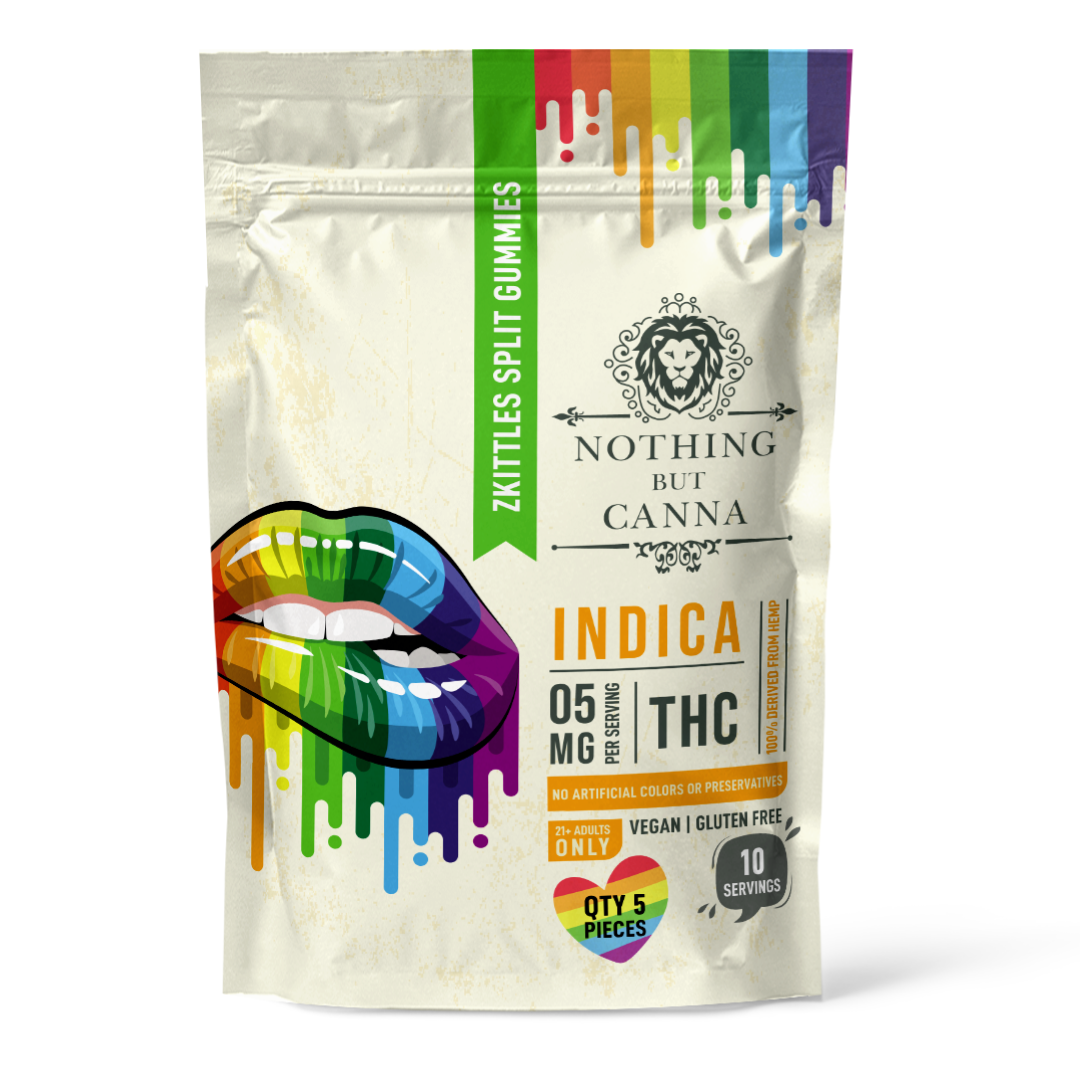
Cannabidiol (CBD) and delta-9-tetrahydrocannabinol (delta-9-THC) often dominate conversations and news coverage regarding hemp. However, these are just two of the most common compounds found in the Cannabis sativa plant.
The potential health benefits attributed to these cannabinoids are certainly exciting, but Cannabis sativa plants have so much more to offer. Several minor cannabinoids found in the same plant have also been connected to potential health benefits, and may be worth taking a closer look at. These compounds include cannabigerol (CBG), cannabinol (CBN) and cannabichromene (CBC).
CBG
According to an article in Hemp Industry Daily, most cannabinoid cultivation in 2020 focused on CBD. Although CBD accounted for 80% of the hemp cultivation, CBG was also popular and accounted for 43% of hemp cultivation.
Interest in CBG also appears to be trending upwards. Hemp Industry Daily pointed out that there was a significant jump in CBG production from 2019 to 2020. In 2019, only 19% of the hemp grown for cannabinoid extraction was for CBG. As previously stated, this jumped to 43% in 2020.
What made this lesser-known cannabinoid suddenly so popular? Hemp Industry Daily speculated that this jump in production could be attributed to an increase in research and public interest in this cannabinoid.
Various studies have shown that CBG can reduced inflammatory markers in mice, has potential for treating glaucoma by reducing intra-ocular pressure, may help stimulate someone’s appetite and has certain antibacterial effects, particularly against drug-resistant staph infections. After additional studies are completed, CBG could prove to be an effective treatment against irritable bowel syndrome, glaucoma, eating disorders and superbugs, among other afflictions.
CBN
Although production of CBN reportedly increased from 2019 to 2020, this increase was minor. In 2019, 10% of the hemp grown for cannabinoid extraction was for CBN. In 2020, that percentage increased to 12%.
CBN is reportedly made from the decomposition of THC molecules due to oxidation. This means that it is created when THC begins to age, but that doesn’t mean that CBN is a throwaway compound. Like the other minor cannabinoids, studies that have examined the benefits of CBN have showed promising results.
Studies have shown that CBN could have powerful antibacterial properties, and that it may be effective when used as a neuroprotectant and an anti-inflammatory. After further tests, it could become a successful treatment against bacterial infections, amyotrophic lateral sclerosis (ALS) and arthritis.
CBC
Reportedly, CBC can be one of the most abundant cannabinoids found in cannabis plants, and there is typically more of it in freshly harvested cannabis material than older hemp material. However, the compound does not appear to be very popular yet with consumers because there is not much data available regarding the percentage of hemp grown for CBC production.
Studies have linked CBC to a variety of benefits, including anti-inflammatory effects, analgesic effects, anti-microbial effects, anti-depressant effects and positive neurological effects.
Most of these studies were conducted on mice, and as with the other compounds, additional studies are needed before CBC is formally approved as a treatment for humans. However, CBC could be used as a future treatment for pain, bacterial infections, depression and Alzheimer’s disease, among other ailments.
Minor cannabinoids, like CBG, CBN and CBC, may be less recognizable now than CBD and delta-9-THC. However, there may be good reasons why consumer interest in these compounds are growing. These minor cannabinoids seem to provide a variety of therapeutic effects and, following the proper research, could become much-needed treatments for several serious conditions.
Sources
[2] https://www.ecowatch.com/all-about-cbg-oils-2651025712.html
[3] https://canex.co.uk/a-closer-look-at-cbd-and-less-famous-cannabinoids-cbg-and-cbn/
[4] https://www.steephill.com/blogs/34/Cannabinol-(CBD):-A-Sleeping-Synergy
[5] https://pubmed.ncbi.nlm.nih.gov/18681481/
[6] https://pubmed.ncbi.nlm.nih.gov/16183560/
[7] https://faseb.onlinelibrary.wiley.com/doi/full/10.1096/fj.201600646r
[8] https://www.ncbi.nlm.nih.gov/pmc/articles/PMC3417459/










